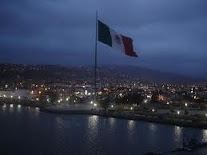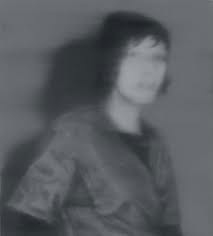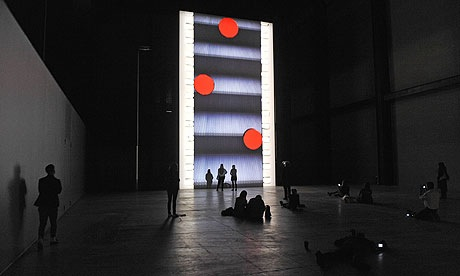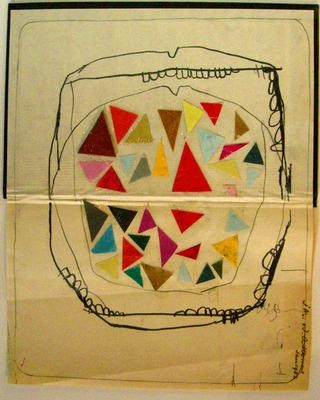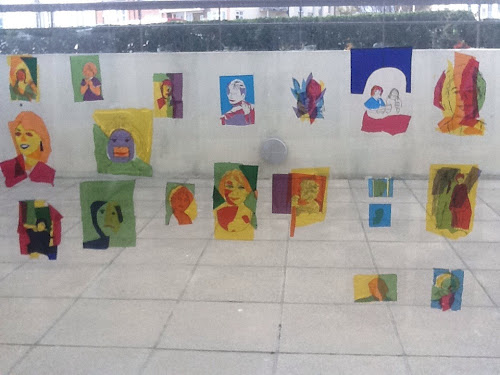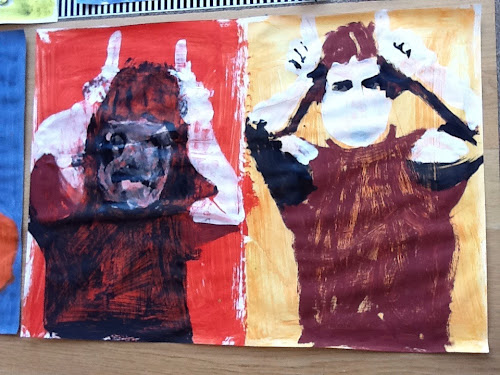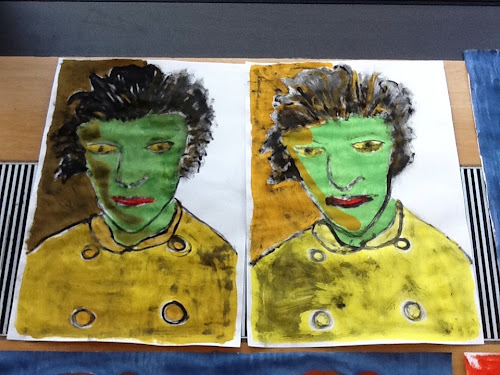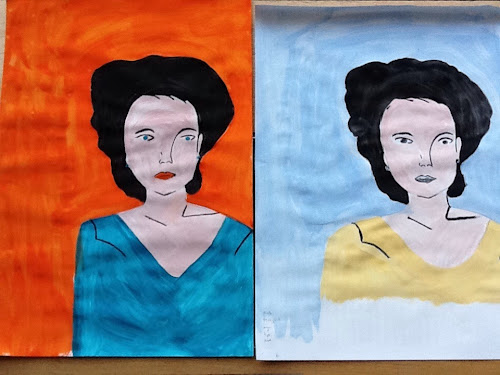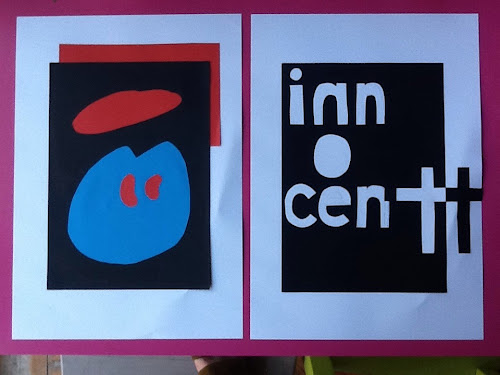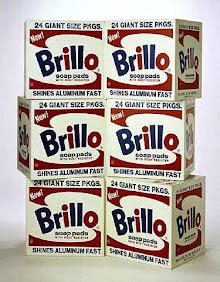I have surprised myself by coming up with an idea for an installation. I am in the process of achieving it and my learning curve is about to shoot through the roof! It's an idea that has received positive feedback from Rother and Hastings but still needs more work on the format and a budget worked out. The timescale is almost too tight but I cant help thinking that if we gave up on everything because of that, nothing fantastic would ever get done. All comments welcome!
Big flag installation.
The aim of the installation is to deepen the community cultural ownership and enrich the creative identity of three towns, Bexhill, Hastings and Eastbourne both locally and nationally by using a focus point that the local community can relate to and own. Influenced by the internationally acclaimed Warhol is Here exhibition at the De La Warr Pavilion, inspiring the notion that Bexhill is Here, The Big Flag will both enhance the landscape, harness the local climate culturally and geographically and be a point of welcome and symbolism for people from other countries.
Each installation will be a big flag, scale is crucial to the visual integrity of the installation evoking a sense of time, ambition, success and national pride. Scale of identity and weight of ownership will be reflected in the movement and size of the flag.
The flag will draw together many foundational elements of the locality such as maritime and military, regal, historical and global links.
As Bexhill, Hastings and Eastbourne are all Coastal towns with significant cultural organisations and historical identities I propose that there are three flags installed one in each town, the flags will amalgamate these common strands not only reflecting the identity of each town but also the cohesive arts identity of this section of coastline.
In this cultural Olympiad the sea is an obvious physical link to other countries. As an historic sea fairing nation the south coast reminds us of the physicality of connecting with the rest of Europe and the world, this edge creates an opportunity to signal a positive message of welcome as flags have been used throughout history and to remain in the future as a marker of our hosting the 2012 games in the Olympic spirit.
The Olympic torch will be travelling from Brighton on the 16th July and staying overnight in Hastings on 17th. As the torch travels its presence will be highlighted by the flags and the memory of it will be embodied in the flags thereafter. They will also tie in well with wooden boat project.
Design of the flags will be a result of local research and the content will be led by voluntary contribution from each community. It is anticipated they will be a fusion of local organisation colours and those of the Union flag. The design process will be artist led through local consultation and workshops.
Unfortunately I don't think the torch bearers will be dressed quite like this in 2012 but you never know!
I have spoken to a flag company at some length to work up more details and costs. So far the 'ideal scenario' costs are around 7 k for pole, flag manufacture, delivery and installation. Though it's all informed guess work at the moment. In addition professional fees and costs of workshops and research with local groups might be around 10k plus publicity.
I am wondering whether we can commission a piece of performance music based on signalling and semaphore to go with it but this may be one idea too far!
